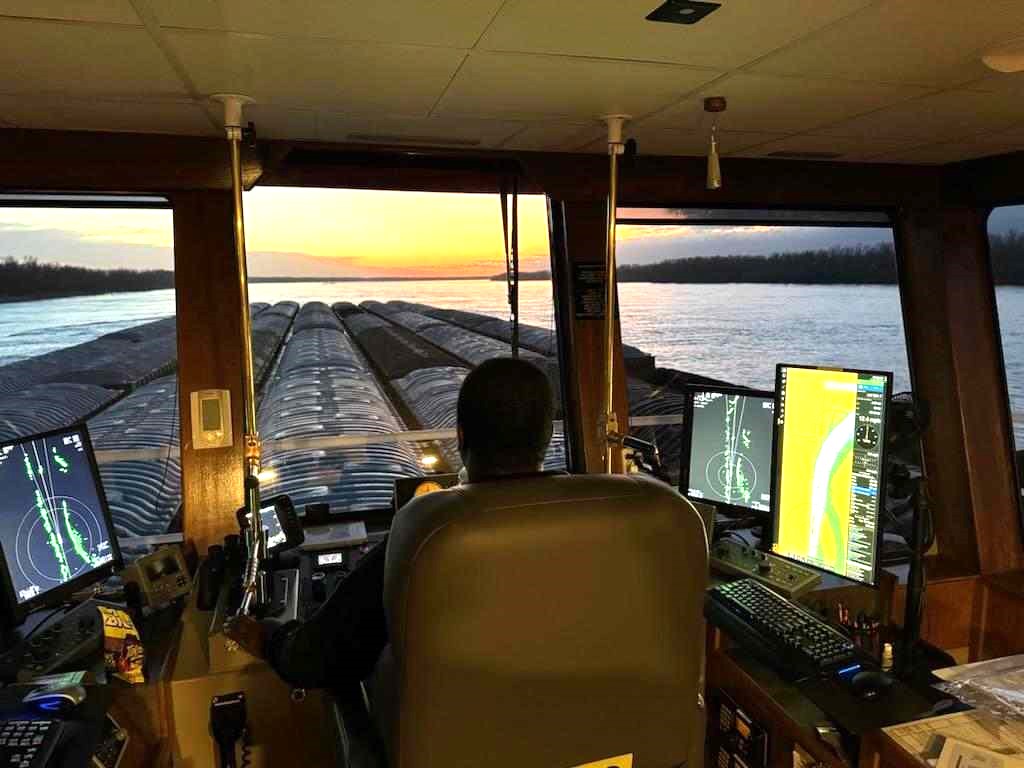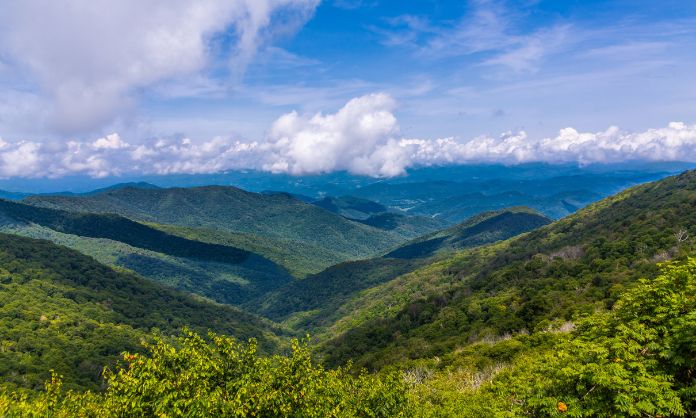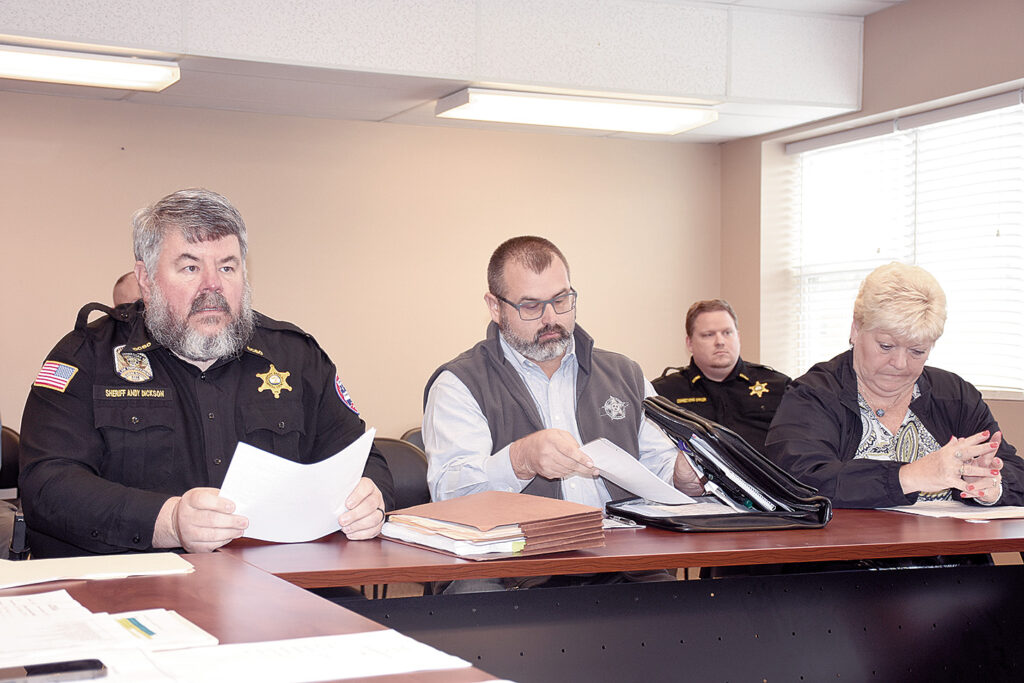Whatever the season, there’s nothing quite like the great outdoors. While some are happy to observe it at a safe distance at a park or through National Geographic, others aren’t content unless they experience it firsthand.
But as worthwhile as a trip into the woods, desert, or mountains is, it isn’t without its own challenges. And those challenges can quickly turn dangerous if you aren’t careful. However, by keeping your wits about you and following these safety tips for wilderness adventures, you can thoroughly enjoy your time outdoors while staying safe.
Pack Well
Since many people associate heading on a trip to the great outdoors with “roughing it,” your instinct may be to keep things light when packing. While you don’t have to pack everything you own, you should be strategic when packing to prepare well, though. A few things you don’t want to leave home without include:
- A first aid kit
- Clothing appropriate for the weather
- Sufficient water
- Proper food storage
- A map and a GPS
How you pack may change depending on your itinerary as well. For example, if you’re biking, you will want to be sure to bring safety gear like helmets. If you’re off-roading, you will want to have extra fuel and recovery gear to help protect your vehicle.
Watch the Weather
The weather should impact more than your clothing choices. If the temperature on the day of your wilderness adventure is very hot or cold, you’ll want to build time into your itinerary to rest and warm up or cool down.
Additionally, it’s vital to keep a close eye on any extreme weather conditions like storms. In the wake of lightning storms, you should avoid particularly tall objects. In heavy rain, avoid staying near the bottom of a hill, in a ravine, or near large bodies of water.
Bring a Friend
In 2003, outdoorsman Aron Ralston became famous for surviving an accident during a solo hike in Utah. He became pinned between a canyon wall and a boulder and remained trapped for five days before needing to amputate his own arm. Part of the reason that Ralston remained trapped for so long was that he was alone. Furthermore, he didn’t inform anyone where he was going.
The best practice for traveling in the wilderness is to have someone with you. That way, if one of you gets hurt, the other can help. However, if you plan on traveling alone, be sure to let your friends know where you’re going and when you plan on coming back.
Be Realistic
Being realistic in this context doesn’t mean you should avoid taking any risks. Traveling always involves some level of risk. However, staying safe on wilderness adventures requires a sober assessment of your ability to meet potential dangers. Doing this is especially crucial if you have medical conditions.







